Industry
Industry

Thème Industry sources of photographs: Patrick HALTER, Teorg MAELBERGS, MUSEE DES MINES de FER de NEUFCHEF, Roland SPANNAGEL. Graphisme : Teorg MAELBERGS.
You can look at some nice photographs of Roland Spannagel on the page Steel sky.
Factories, machines, mechanics, instruments are graphic objects which print strongly the human mind. The daily attendance of the same machines generates probably esthetic addictions because they become familiar. It is possible this addiction type participates in the acceptance of the reliance of the man to technology.
Note that the today human being behaves as a prisoner which claims the benefactions of his cage. And more still, he always asks for more bars. This half ordinary esthetic consciousness, welded to the technique, participles of the subjection of the human being in the machine, even if, in certain cases, the machine frees actually the actors (workers, farmers) or the consumers (medicine, surgery). To those who design and develop the technologies, the consciousness of this phenomenon, better perceived, is used to treat the others ... in the service of the Machine. Ultimate irony. In our time, the big predator is the Machine. The Machine is renewed in a bigger and bigger speed and gobbles up the energy of more and more people, actively or passively. Industrial products change faster and faster. Their evolution moves naturally the esthetic marks. This fast muddled outlines movement alters the capacities of judgment of the man in this XXIth century. The mechanic-sapiens tends to refer to esthetic standards inseparable of the ergonomics of the machine. Besides, the destruction of the technological objects is rarely complete. This rule begins in the use of the prehistoric flint to end in today abandoned industrial sites. It has for consequence to scatter the landscapes with stripped of their original feature vestiges. In my soul, these rests activate a nostalgia, the necessity for pondering, for analysis, for systematic dismantling what they mean, as if they expressed the disappeared liberties.
Nevertheless, intrinsically, a tool or a ruin, translate at first the obstacle that they were intended to reduce or to move away, and then only the obtained benefit. The perception of the tool is ambiguous. This ambiguity is hardly multiplied in the case of the machine. In the industrialized world, millions of men and women, held by invisible but resistant linkages, sweat in the hold while the others, at the top on the bridge, get impatient of the ship slowness. Each becomes used to the universe which he perceives. Only those who Knox the space common to these two worlds have access to the diversity of the esthetics. Thus I am going to try to share with those who are on the bridge, the beauty of the strength, the power, even broken of those who are in the hold and, with these ones, the elegance and the approval of the breath of those who look for the horizon on the bridge. Judge by youself. T.M.
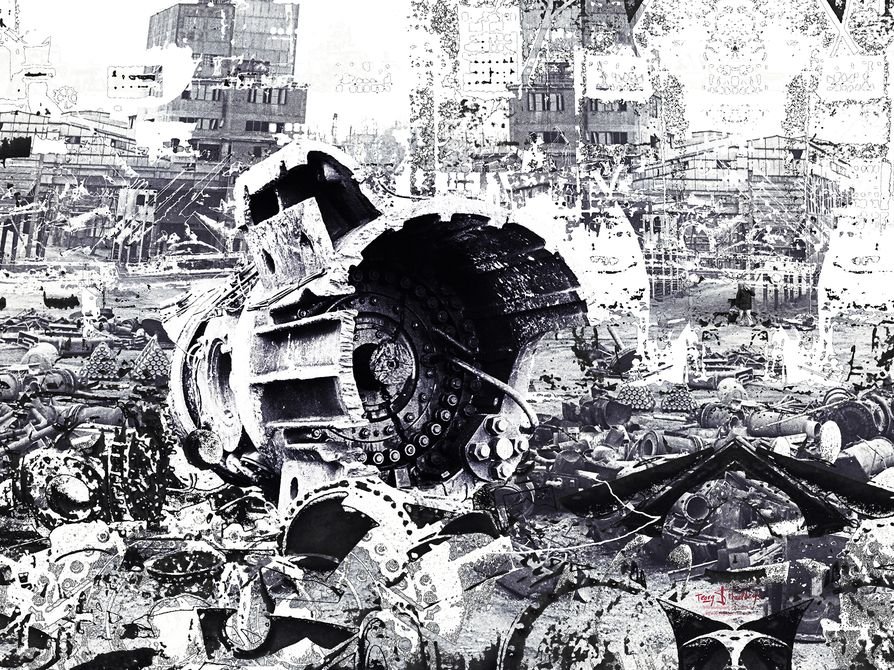
1360, Big shop, original dimensions (format) 300 dpi (1200 x 900 mm)
_Source photographs of Patrick Halter and Roland Spannagel 1982.
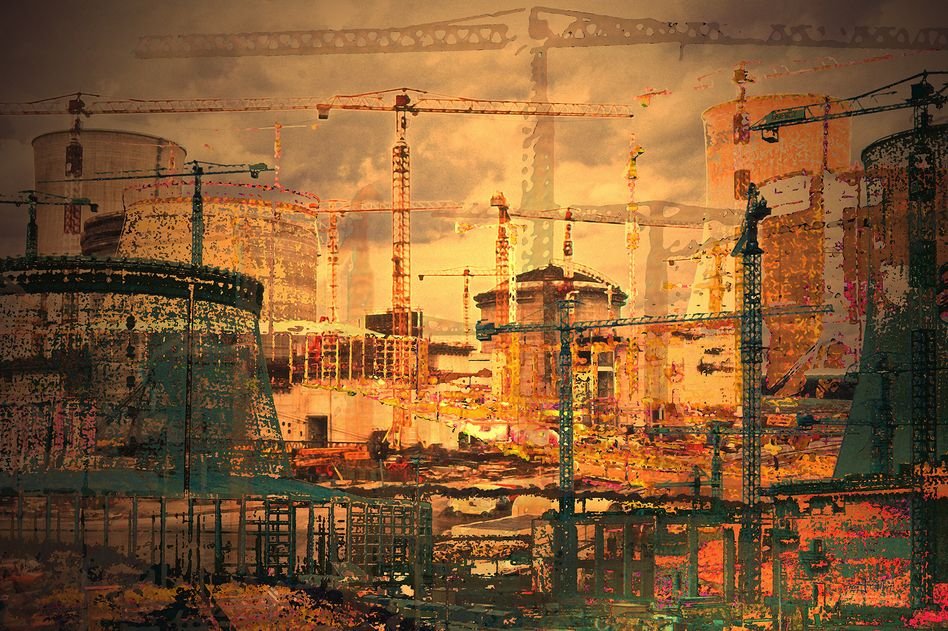
1361, Power plant 1, nuclear power plant in Cattenom, original format 900 x 600 mm.
Source photographs: Roland Spannagel.
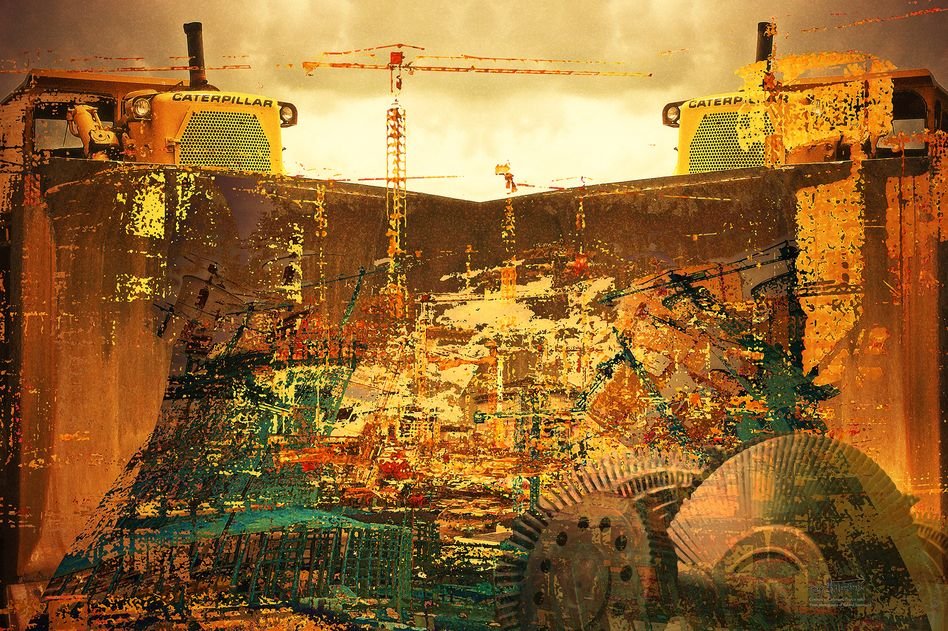
1362, Power plant 2, nuclear power plant in Cattenom, original format 900 x 600 mm.
Source photographs: Roland Spannagel.
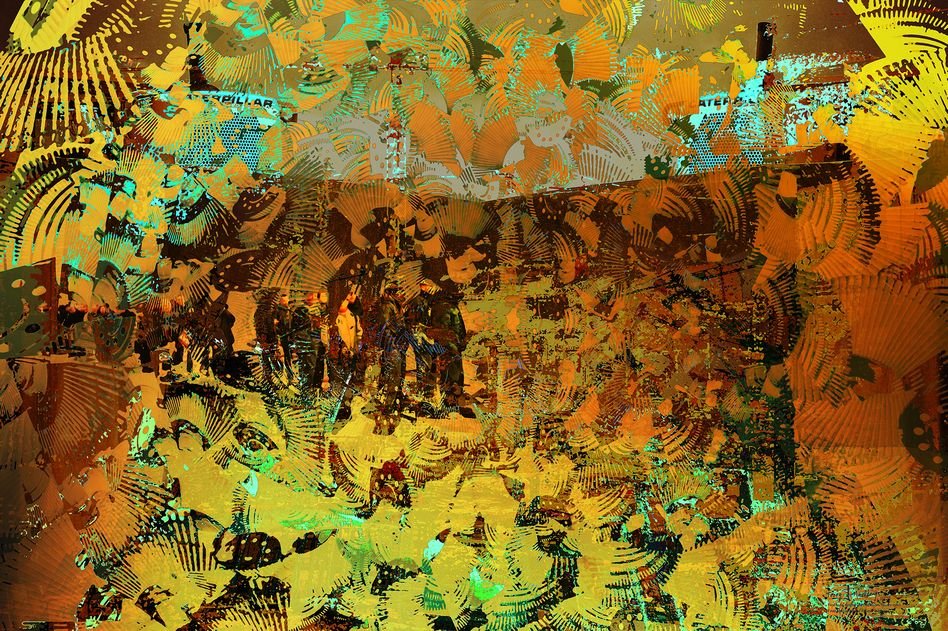
1363, Power plant 3, nuclear power plant in Cattenom, original format 1200 x 800 mm.
Source photographs: Roland Spannagel.
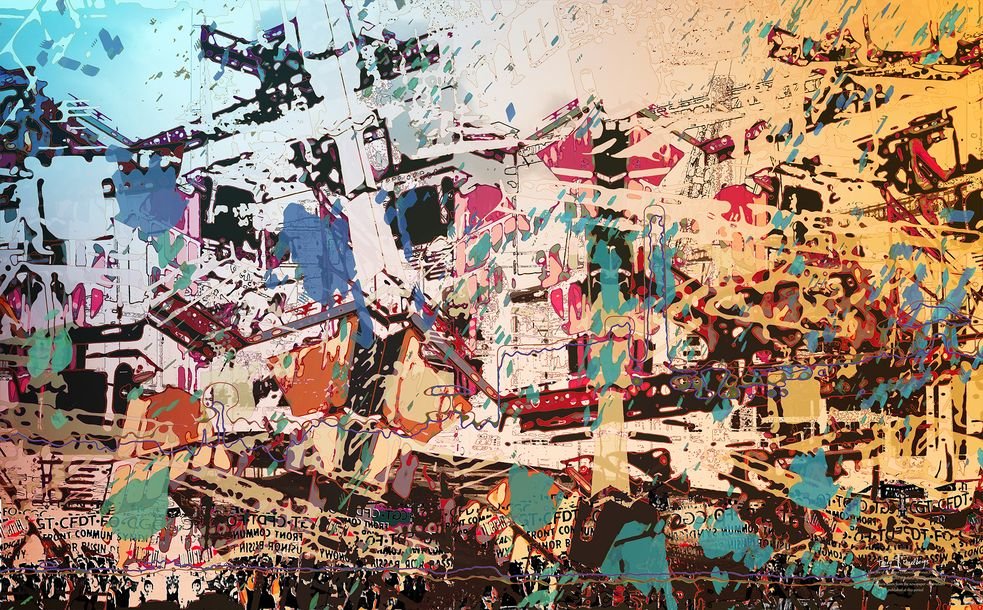
1364, Iron and fire of anger, original format 1200 x 745 mm.
D'après Libération (27 sept 2012) et diverses autres sources.
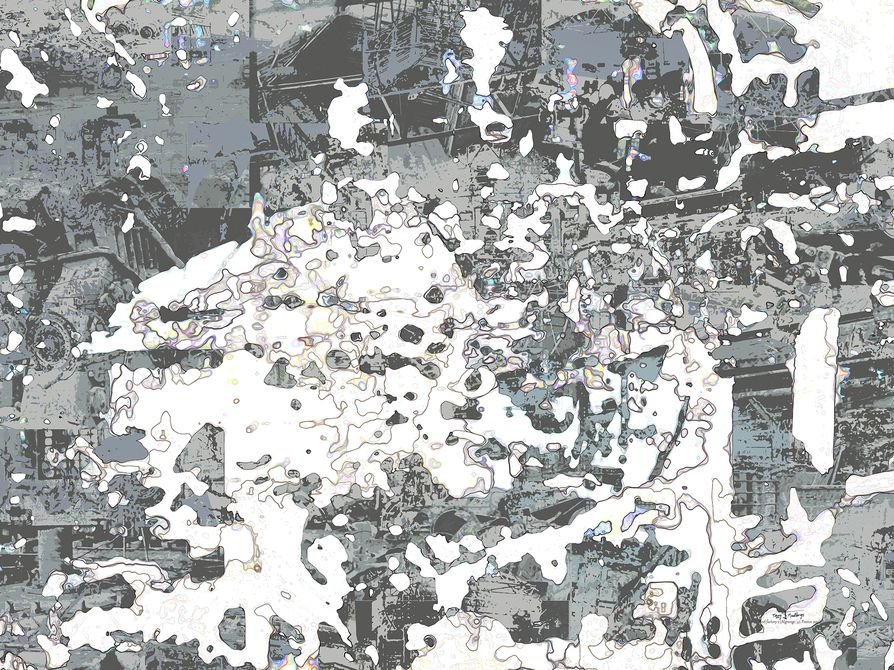
1365, Steel factory 2, original format 900 x 675 mm.
Source photographs: Roland Spannagel, 2018.
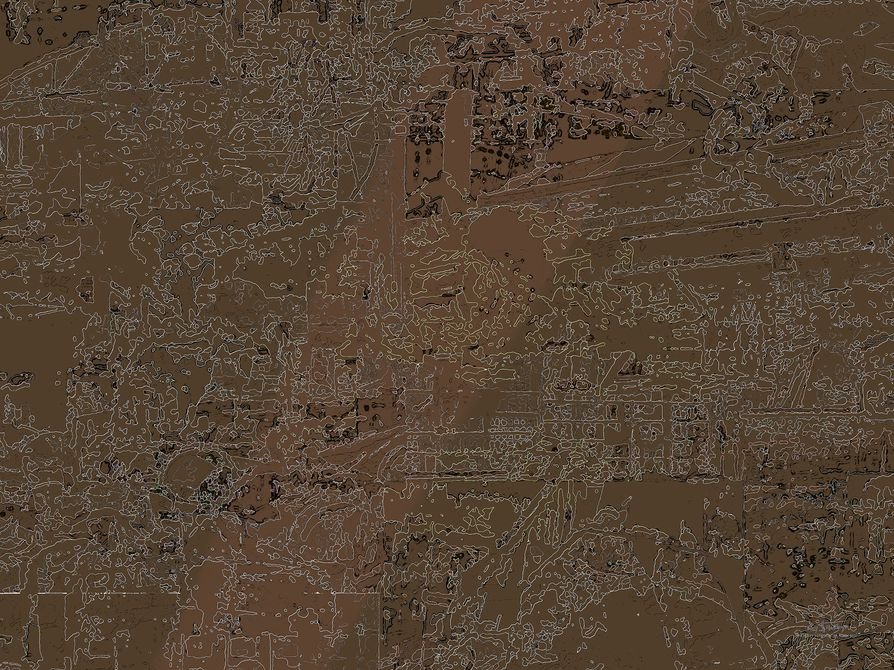
1365, Steel factory, original format 900 x 675 mm.
Source photographs: Roland Spannagel, 2018.
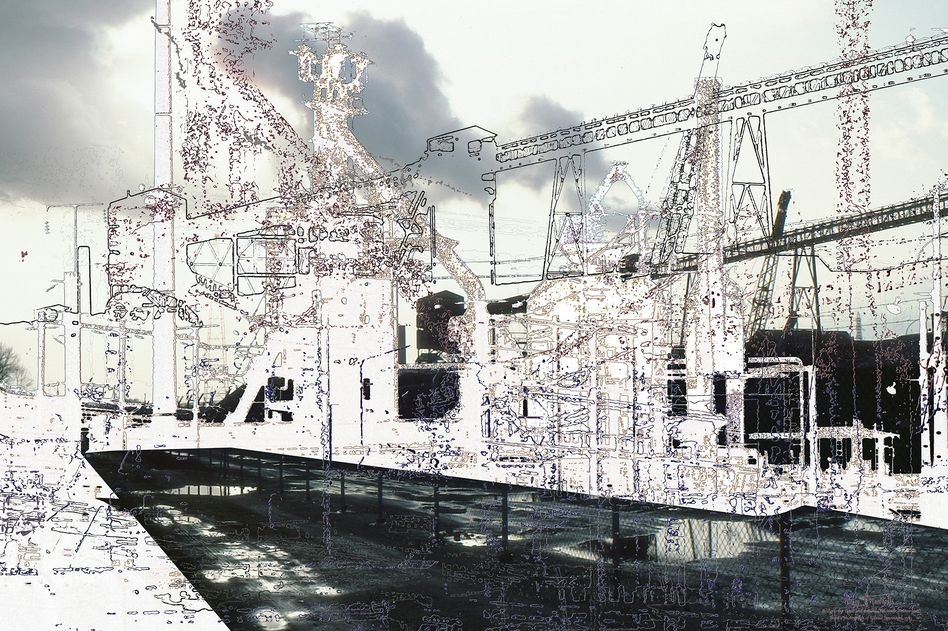
1367, Bridges over sweat and dreams, original format 900 x 600 mm.
Photographies source: Roland Spannagel, 2018.
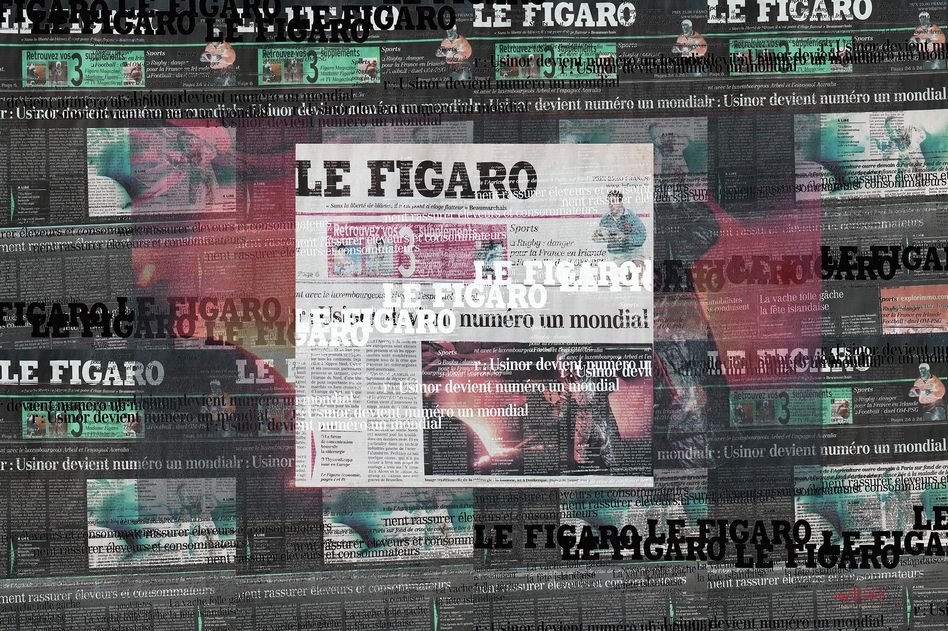
1368, Usinor Le Figaro, original format 900 x 600 mm.
From photographs of Roland Spannagel and Le Figaro 2001
End of page Industry